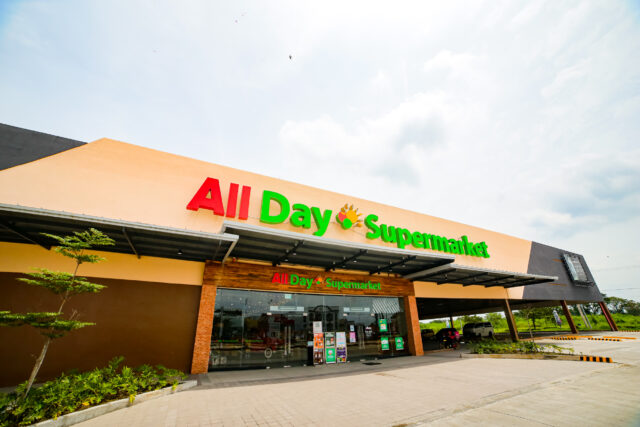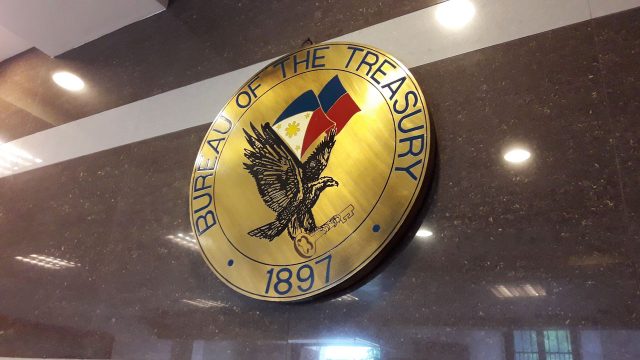(Part 1)
On Oct. 18, 2023, Dr. Rolando Dy left this world to join his Creator. The Philippines, together with a good number of countries in Southeast Asia, lost an intellectual giant in the field of agribusiness. As his long-time colleague in his chosen field of specialization, Dr. Fermin D. Adriano, also a leading practitioner of agribusiness, wrote in his column “Finer Points” in The Manila Times, Rolly was the foremost expert in agribusiness management and considered as a leading agricultural economist in the country.
It was no exaggeration for Dr. Adriano to comment that Rolly combined the talents of internationally acclaimed Professor Ray Goldberg — who introduced the agribusiness management program at the Harvard Business School — and famous business author Michael Porter, who wrote the best-selling book The Competitive Advantage of Nations which has been widely used all over the world and translated into so many languages as a standard textbook in management. Indeed, Rolly was the authority on the topic of competitive advantage of nations in agribusiness, having written a great deal on how Philippine agriculture compares with its counterparts in Indonesia, Thailand, Malaysia, Vietnam, and other countries.
One of his schoolmates at the Center for Research and Communication (now the University of Asia and the Pacific or UA&P) remarked that he was the best Secretary of Agriculture the Philippines never had. As one of his professors in the early 1970s at CRC, I followed very closely his long career doing research, giving advice to both government officials and top business executives, and mentoring hundreds of agribusiness professionals in a variety of short courses and degree programs, starting in the World Bank during his stint there in 1979 to 1983 and with the UA&P where he spent the rest of his professional life until his demise.
He established and led the Center for Food and Agribusiness (CFA) at UA&P, a think tank that for close to 40 years has been significantly influencing the decisions, especially of entrepreneurs and managers, in the field of agribusiness. He combined expertly the task of doing very intensive research in his field and acting as a consultant to many private businesses. Needless to say, one Secretary of Agriculture after another after the EDSA Revolution sought his advice about agriculture policy, although, as Dr. Adriano wrote in his column, his most important advice on land consolidation was unheeded for political reasons.
In this series of articles, I will attempt to present the gist of his thinking on Philippine agricultural development, especially as regards the most important link of improving agricultural productivity and addressing the perennial problem of mass poverty in the country.
I also intend this summary of the words of wisdom of Rolly Dy to be a humble contribution to the newly appointed Secretary of Agriculture, Francis Tiu Laurel. I am confident that President Ferdinand Marcos, Jr., who was mentored on agricultural development by Rolly when the President took the Strategic Business Economics Program (SBEP) at UA&P at the time he was Governor of Ilocos Norte, would be glad to know that what he learned from Rolly would now also be communicated to his boyhood friend whom he just appointed to take his place as Secretary of Agriculture.
In all his writings, Rolly never considered agricultural productivity as an end in itself. He always related it to the all-important goal of every society of achieving inclusive growth, of making sure that mass poverty is eradicated. Another very salient feature of all his writings is the superabundant empirical evidence that he always presented to back up his policy recommendations. He was not merely espousing his favorite theories. He was always showing what works in practice as demonstrated by the facts at hand, especially as he was able to extract them from the success stories of our neighboring countries such as Thailand, Malaysia, Indonesia, and Vietnam, with which countries he was very familiar because of his stint with the World Bank and his frequent visits to these countries in road shows where he accompanied Philippine agribusiness entrepreneurs who wanted to observe best practices in their fields.
We are fortunate that 10 years ago, on Aug. 15, 2013, Rolly delivered the annual UA&P Magisterial Lecture in which he presented an all-encompassing view of “Inclusive Growth and Agricultural Development.” In this very comprehensive lecture, he demonstrated the fact that he did not limit his studies and research to agricultural economics but was a very accomplished development economist in his own right. He can be classed together with the leading Philippine development economists of my generation, e.g., Amado Castro, Gerry Sicat, Solita Monsod, and Raul Fabella.
He started his Lecture with a definition of “inclusive growth,” which should always be the objective of any economy whether developed or emerging. Quoting the Commission on Growth and Development, he wrote: “Inclusiveness encompasses core concepts: equity, equality of opportunity, and protection in market and employment transitions.” No form of economic progress, whether agricultural development or industrialization or the present mantra called “Industrial Revolution 4.0” is desirable in itself unless it leads to inclusive growth.
No doubt, a rapid pace of growth is necessary for substantial poverty reduction. This was demonstrated in China during the time of Deng Xiao Peng when the Chinese GDP was growing at breakneck speed of 12% or more annually. True enough, such high growth that was sustained for some two decades led to the liberation of some 700 million Chinese from dehumanizing poverty. Rolly wrote emphatically: “The rapid pace of growth is necessary for substantial poverty reduction, but for this growth to be sustainable in the long run, it should be broad-based across sectors, and inclusive of the large part of the country’s labor force.”
Borrowing from a study of the World Bank, his former employer, he spared no details in defining inclusive growth. Inclusive growth focuses on both the pace and pattern of growth. How growth is generated is critical for accelerating poverty reduction.
An example of the wrong kind of growth was the one that we attained in the 1950s after the Philippines gained political independence. Our leaders allowed our forest resources to be depleted and we just cut down trees and exported the logs. The revenues from these exports allowed the economy to grow at above-average rates of close to 8% per annum but did not lead to poverty reduction, not to mention the harm done to the physical environment.
Already anticipating the policy errors that accompanied the agrarian reform programs of the 1980s, Rolly emphasized that inclusive growth focuses on productive employment rather than income or wealth redistribution. Hence the focus is not only on employment growth but also on productivity growth.
Furthermore, inclusive growth has not only the firm, but also the individual as the subject of analysis.
Finally, inclusive growth is typically fueled by market-driven sources of growth with the government playing a facilitating role. This explains why Rolly spent the bulk of his time giving advice to private entrepreneurs and corporations to map out their respective strategic plans in agribusiness ventures, which go much beyond farming and include the whole value chain of agribusiness, from farming to post-harvest, cold storage, logistics, supply chain, food processing or manufacturing, retailing, and all the way to the final consumers of food products.
Rolly backed up his insistence on inclusive growth with abundant citations from leading development agencies like the Asian Development Bank (ADB), the Organization of Economic Cooperation and Development (OECD), and the Ford Foundation, Inc. He referred to ADB Strategy 2020 which describes inclusive growth as based on three pillars: 1.) high, sustainable growth to create and expand economic opportunities; 2.) broader access to these opportunities to ensure that members of society can participate in and benefit from growth; and, 3.) social safety nets to prevent extreme deprivation.
Despite the fact that the OECD is an organization composed of supposedly highly developed economies, it was admitted that poverty remains a reality in many of its member countries. Poverty is on the rise and makes up to 20% of the population in Israel, Mexico, and Turkey; and 15% in the US, Spain, Japan, and South Korea.
The United Nations Development Program (UNDP) recognizes that inclusive growth means participation and benefit sharing. Participation without benefit sharing will make growth unjust. Sharing benefits without participation will lead to a welfare state which usually kills the spirit of enterprise of individuals.
(To be continued.)
Bernardo M. Villegas has a Ph.D. in Economics from Harvard, is professor emeritus at the University of Asia and the Pacific, and a visiting professor at the IESE Business School in Barcelona, Spain. He was a member of the 1986 Constitutional Commission.
bernardo.villegas@uap.asia

















